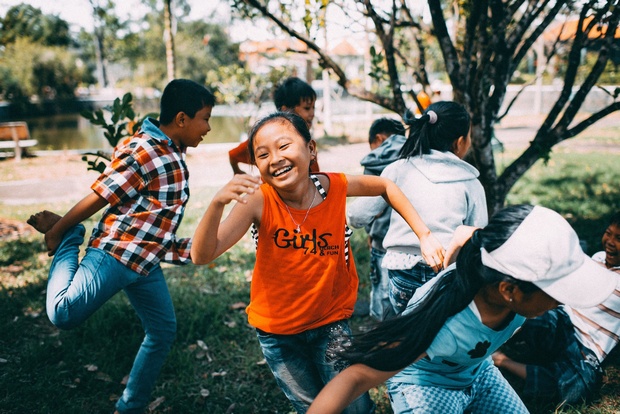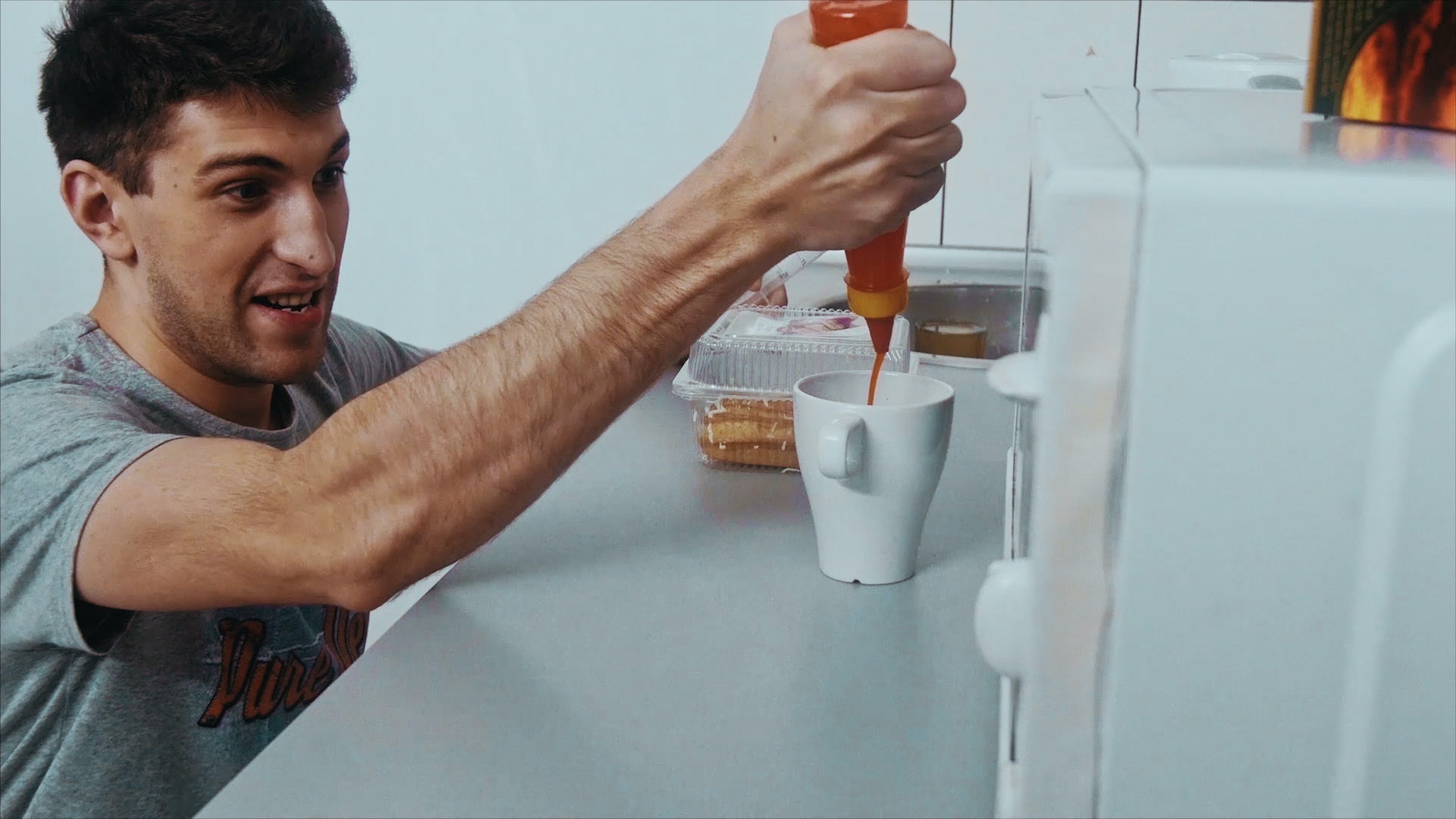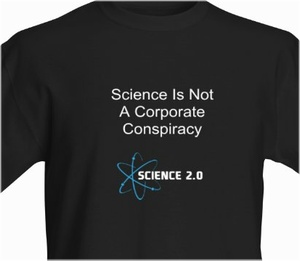 Deontological Decisions: Your Mother Tongue Never Leaves You
Deontological Decisions: Your Mother Tongue Never Leaves YouΙf you asked a multilingual friend which language they find more emotional, the answer would usually...
 Mummy Mia! Medicinal Cannibalism Was More Recent Than You Think
Mummy Mia! Medicinal Cannibalism Was More Recent Than You ThinkWhy did people think cannibalism was good for their health? The answer offers a glimpse into the...
 Inflammatory Bowel Disease May Accelerate Dementia
Inflammatory Bowel Disease May Accelerate DementiaYou have probably heard the phrase “follow your gut” – often used to mean trusting your instinct...
 RFK Jr Is Wrong About MRNA Vaccines - They Make COVID-19 Less Deadly
RFK Jr Is Wrong About MRNA Vaccines - They Make COVID-19 Less DeadlyUS health secretary Robert F. Kennedy Jr has announced he is cancelling US$500 million (£374 million)...










